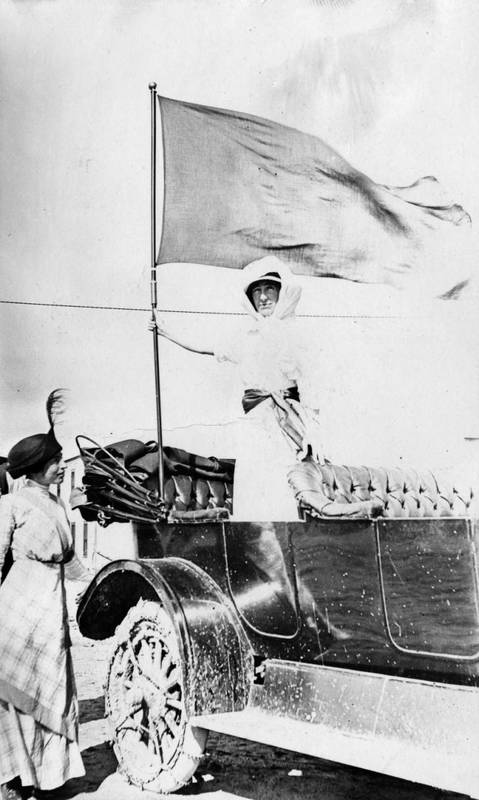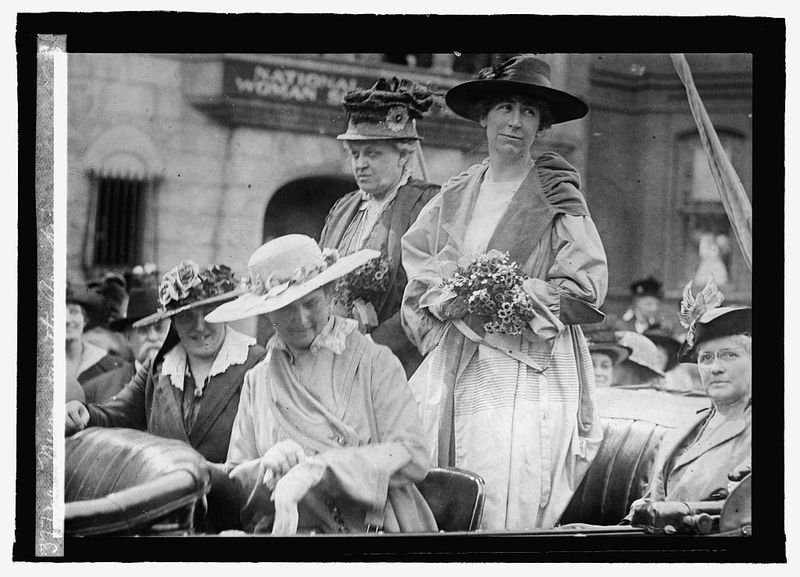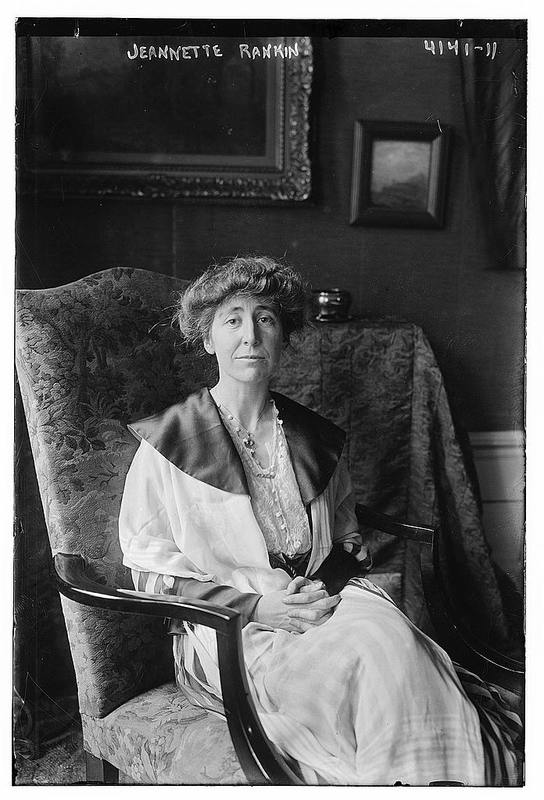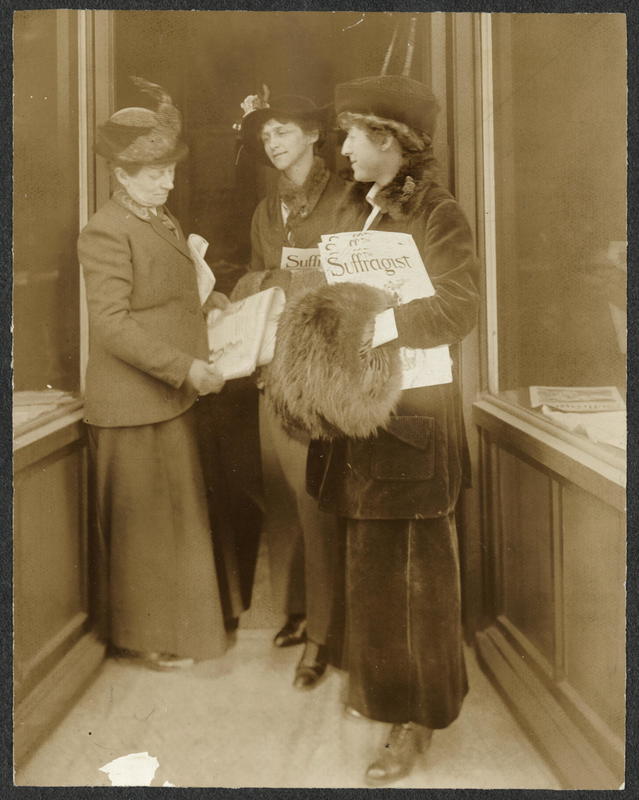Jeannette Rankin: Suffragette, Pacifist, and First US Congresswoman

A leader of the women’s suffrage movement on the national and state level, Jeannette Rankin helped lead her home state of Montana to enact women’s suffrage in 1914. She became the first woman elected to the US Congress when Montana elected her to the House of Representatives first in 1916 and again in 1940. Championing women’s suffrage, social welfare, and pacifism during her time as a Congresswoman, Jeannette Rankin remains the only member of Congress to vote against entering both World Wars, and continued her dedication to peace throughout the rest of her life.
Jeannette Pickering Rankin was born in 1880 in Missoula, Montana. She graduated from the University of Montana with a degree in biology and attended the New York School of Philanthropy to study social work. Her interest in social welfare and policy change convinced her of the necessity of women’s enfranchisement in order to implement social reform through political action. Rankin played an instrumental role as a skilled organizer and speaker in women’s suffrage campaigns in New York and Washington. She worked for the National American Women’s Suffrage Association as a national organizer, lobbyist, and field secretary. Even with all her work on women’s suffrage nationwide and in several states, Jeannette Rankin never forgot her home state.
Jeannette Rankin, with her experience working for the National American Women’s Suffrage Association and other state suffrage movements, became an important leader of the movement in Montana. Her organizational skills and renowned speaking ability proved instrumental in rallying people to the cause of women’s suffrage. In 1911, Rankin spoke to the state legislature in support of women’s suffrage, using the argument that “taxation without representation is tyranny” to argue that women, taxed like men, deserved the right to vote and represent themselves in government. In 1913, Jeannette Rankin became chair of the state suffrage organization. She obtained endorsements in support of women’s suffrage from the Democratic, Republican, and Progressive parties and personally interviewed each of Montana’s legislators. When the suffrage referendum passed in the state legislature in 1913, Rankin and the other Montana suffragettes such as Mary O’Neill and Belle Fligelman traveled over 9000 miles across the state to reach the far-flung communities of Montana and raise support for women’s right to vote. Through their efforts, Jeannette Rankin and the women of Montana succeeded in the passage of a popular referendum that granted them the right to vote in 1914.
For Jeannette Rankin, women’s involvement in politics did not end with the ballot box. In 1916, she ran for one of Montana’s at-large seats in the US House of Representatives and became the first woman in the United States elected to Congress, four years before the passage of the Nineteenth Amendment. Soon after, in April, 1917, Congress was called to an emergency session to vote on declaring war on Germany and entering World War I. Jeannette Rankin became one of fifty members in the House who voted against the war, declaring “I wish to stand for my country, but I cannot vote for war.” Speaking later in life about her decision, she declared “I felt the first time the first woman had a chance to say no to war, she should say it." Her vote gained both criticism and praise, including from within the women’s suffrage movement.
In addition to her important vote on World War I, Rankin used her time in Congress to continue to fight for women’s suffrage. As part of the U.S. House of Representatives, she had the unique opportunity to be the only woman to argue for national women’s suffrage as a member of Congress. Jeannette Rankin advocated for the creation of the Committee of Woman Suffrage and became a founding member. In 1918, she opened the debate in Congress over a national women’s suffrage amendment, asking, “How shall we answer their challenge, gentlemen? How shall we explain to them the meaning of democracy if the same Congress that voted for war to make the world safe for democracy refuses to give this small measure of democracy to the women of our country?”
After her first congressional term, Jeannette Rankin continued to be an ardent pacifist and advocate of social reform. Throughout the 1920s and 1930s, she participated in international peace organizations and lobbied for the passage of social welfare programs like the Sheppard-Towner Act. Rankin won a second term in Congress in 1940, and was the only member of Congress to vote against declaring war on Japan. This decision made her the only person in U.S. history to vote against entering both world wars. Widely reviled by members of Congress and across the country, Rankin nevertheless stood by her decision and her pacifist ideals. After her second term, she traveled the world advocating for peace. In the 1960s and 1970s, she mobilized once again to protest the Vietnam War. In 1968, she led an anti-war march in Washington, D.C. with a coalition of women’s peace groups named the Jeannette Rankin Brigade. Jeannette Rankin’s activism did not end with women’s suffrage or her Congressional terms, but continued throughout her life.
Images





